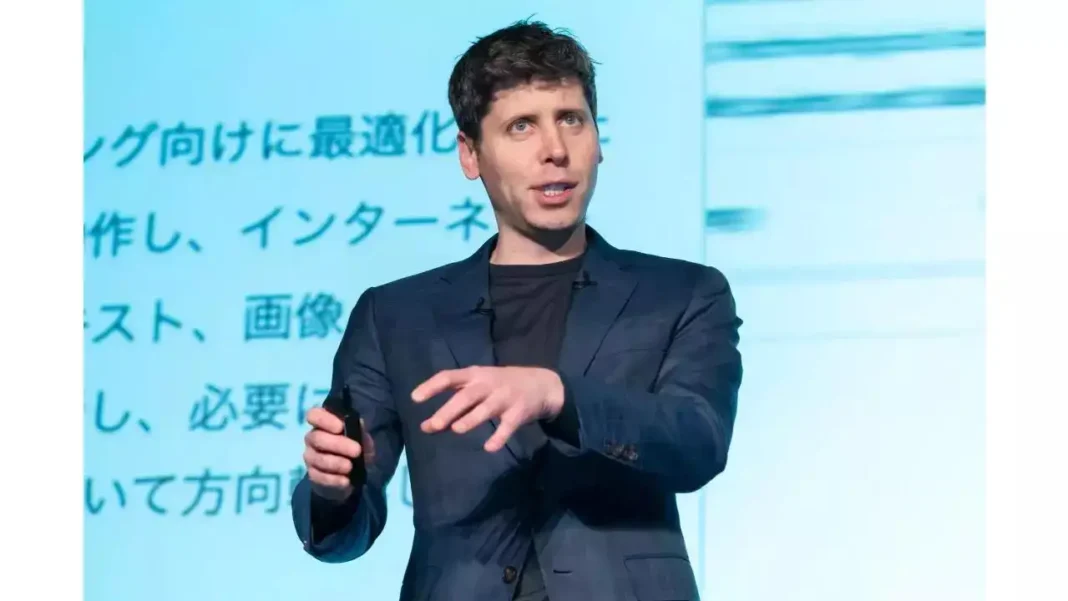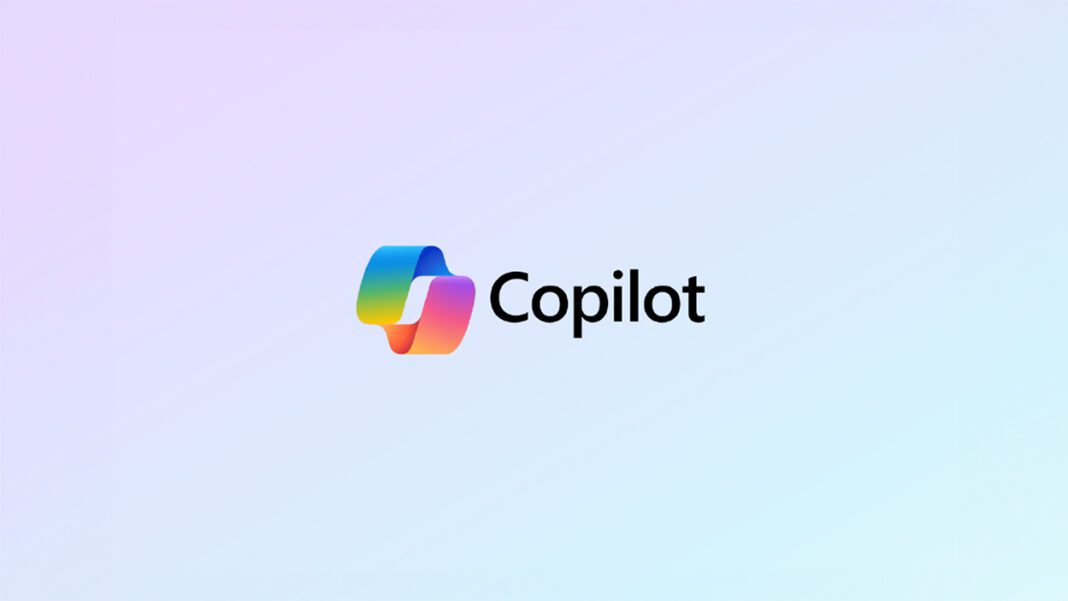During a dinner conversation with journalists, OpenAI CEO Sam Altman made a striking prediction: ChatGPT may soon conduct more daily conversations than all humans combined.
He elaborated that if current growth trajectories persist, billions of people each day could speak with ChatGPT, effectively making the AI one of the most conversational “entities” on Earth. “ChatGPT will be having more conversations, maybe, than all human words put together, at some point,” he said.
Altman also acknowledged challenges:
“I think it’s unreasonable to expect a single model personality or style to work for all of that.”
This bold claim has drawn attention from tech media and analysts alike, sparking debate about scale, ethics, and societal impact.
Why Altman Believes This Is Possible
1. Explosive Adoption & Usage
ChatGPT has already scaled rapidly. As of October 2025, the system is handling 2.5 billion messages per day, a number cited in media reports.
This kind of volume signals that many users already rely on AI for varied tasks—writing assistance, research, conversation, programming help, creativity, etc.
2. Multiplicative Growth Effects
If more features, integrations, languages, and regional expansions are rolled out, ChatGPT’s adoption could cascade further, bringing in new users and use cases.
3. Platform Ubiquity
OpenAI is expanding ChatGPT into more environments—apps, API integrations, plug-ins, embedded tools—which make it more accessible and woven into daily workflows.
4. Human Limitations
Humans only have so many conversations per day (sleep time, personal constraints). A scalable AI could dwarf those limits simply by being always available and capable of parallelism.
5. Customization & Diversity
Altman’s caveat about needing different “model personalities or styles” suggests OpenAI anticipates tailoring ChatGPT per user / domain, making it more natural and engaging at scale.
Challenges & Skepticism
That kind of scale is not guaranteed. Some critical hurdles and points to ponder:
| Challenge | Description |
|---|---|
| Latency, Compute & Infrastructure | To handle billions of full-fledged conversations daily, infrastructure, server farms, bandwidth, and response latencies become very hard engineering problems. |
| Content Moderation & Safety | More conversations = more risk of harmful content, bias, misinformation, legal liability. Ensuring safe moderation at that scale is nontrivial. |
| Diversity of Use Cases | A “one size fits all” model won’t suit everyone; users in different domains (medicine, law, education, casual chat) will expect different styles, knowledge, constraints. |
| Regulation & Governance | With reach that large, AI usage will come under heavier government, societal, and ethical scrutiny. |
| User Fatigue & Replacement Effects | As more communication shifts to AI, human-to-human interaction might decline; also, excessive reliance or overuse may cause backlash. |
| Quality & Personalization | Maintaining coherence, relevance, personality consistency as scale increases is tough. |
Altman’s own remark signals awareness of these limitations: expecting “a single model personality or style” to serve all use cases is unrealistic. WIRED
Broader Implications & What It Signals
- Redefining “Conversation”: If AI handles more oral/textual exchanges than humans, our ideas of social interaction may shift.
- Human-AI Blending: AI could become a ubiquitous conversational layer, acting as a translator, assistant, companion, mentor.
- Power & Influence: With such volume, ChatGPT could influence public opinion, culture, language norms, and even conversational norms.
- Market & Business Models: Monetization, partnerships, verticals (education, therapy, entertainment) expand dramatically.
- Ethical Stakes Rise: Privacy, manipulation, misinformation, authenticity—all concerns scale with reach.



